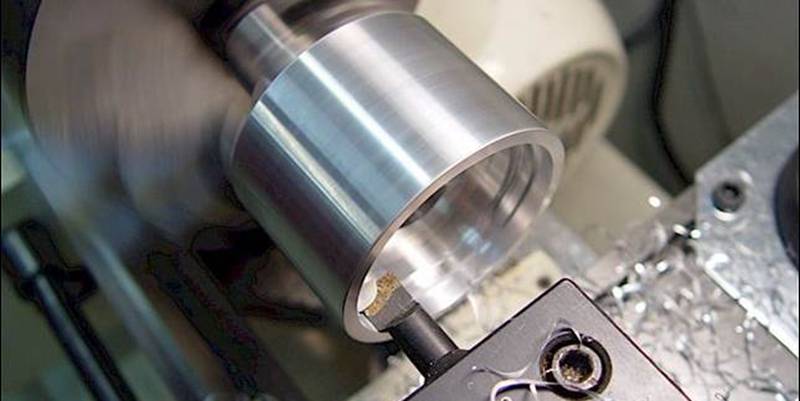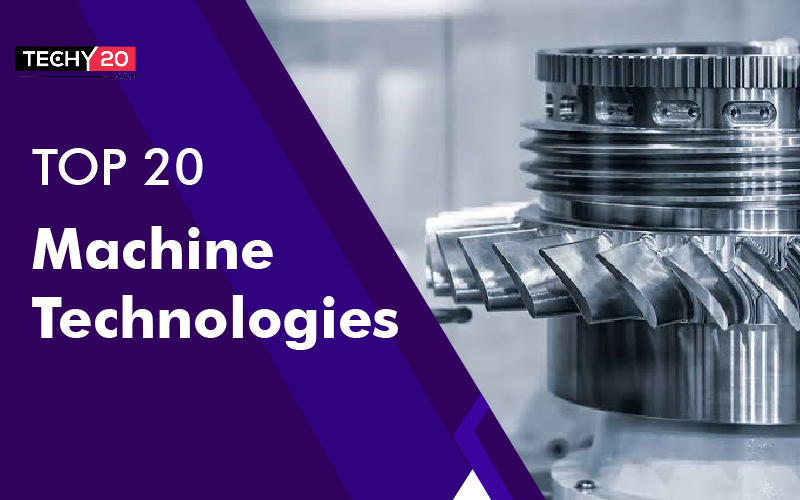A piece of machinery is a structural system that uses power to exert forces, regulate movement, and carry out an action. The term is frequently employed to refer to both man-made conveniences offered by engines or motors and normal biological macromolecules such as molecular machines. Machine technology is an arrangement of interconnected parts designed to convey or change force in order to carry out productive tasks. All equipment and electronic devices operate using technology, whether or not the user is fully aware of how they work for the organization’s goals. Modern technologies are comprised of systems. The world’s future is determined by the latest and most inventive machine technology. The world’s future is determined by cutting-edge machine technologies. The following are the top 20 newly produced unique machine technologies and their characteristics.
1. Collet Chuck With Multi-Purpose
The versatile collet chuck system is built for high-speed cutting, assures a 1 nano-meter runout at the collet nose, and works well with cutting tools up to a diameter of 25.4 mm. These accurate and adaptable collet chucks are widely used and praised for their accuracy in high-speed applications. Six alternative collet series sizes are available for the high-speed design of the chuck. If the tools do not have holes, two-way coolant supply is possible through the tools or the jet. High runout precision is 0.003 mm at 4D.
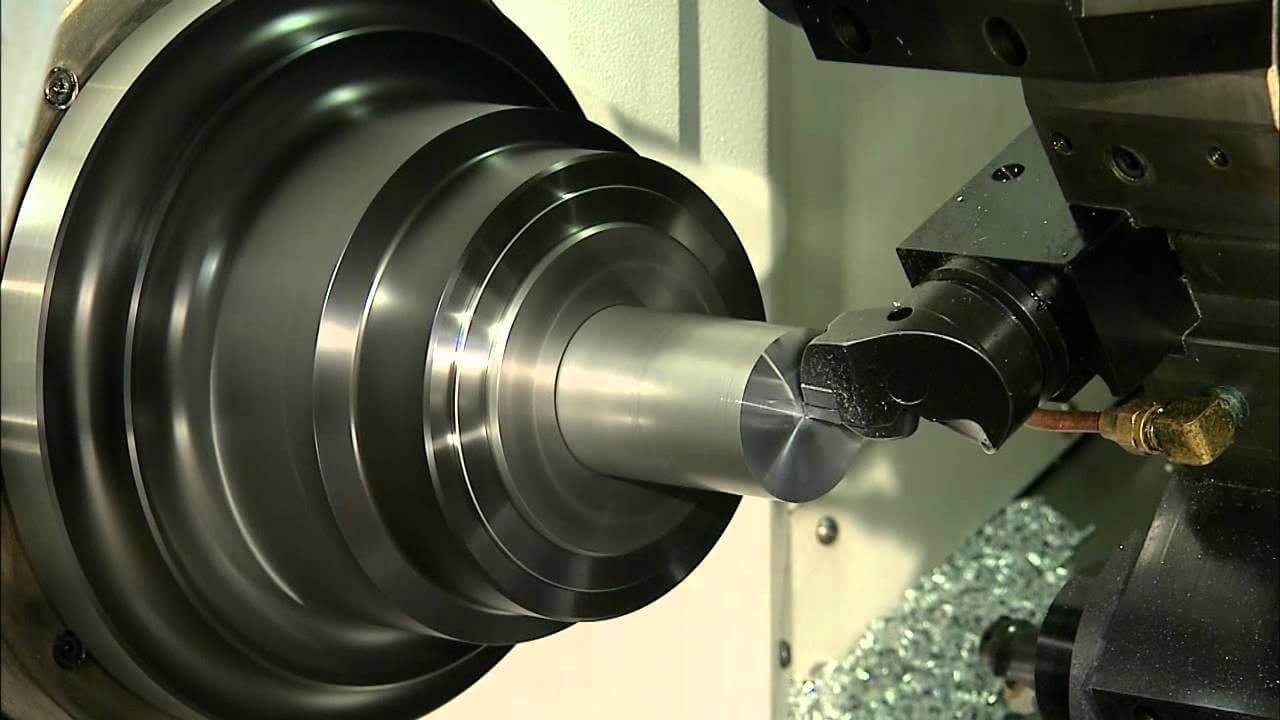
2. The Belt Conveyor Oven
This is a 350 °F (177 °C) belt conveyor oven used to preheat parts trays prior to potting processes. The 30-kW Incoloy-sheathed tubular heating components provide the heat. Workload is given vertical downward airflow via a recirculating blower. This belt conveyor oven features a 10′ (3 m) long insulated heat zone with recirculated airflow as well as a 48″ (1219 mm) long open belt loading zone. One of the extra features is a mechanized high lift door at offload with a viewing window. Additionally, the oven features a photo cell that triggers an automatic belt halt when the pieces are in the unload position.
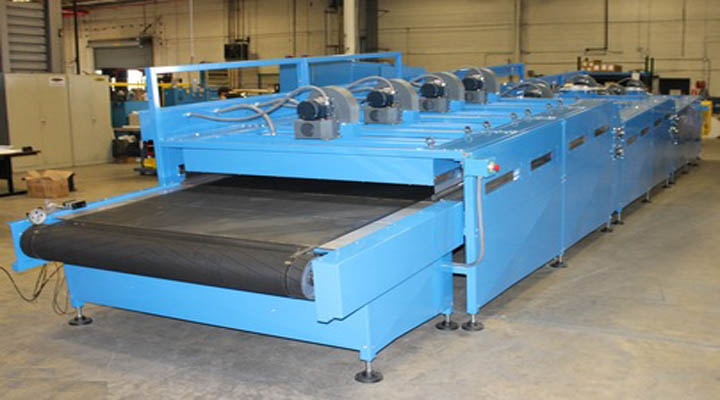
3. LMWS
With an integrated LMF70-HP 70W pulsed fiber laser for enhanced processing, the LMWS pulsed fiber laser welding system can weld dissimilar metals, including copper to aluminum, aluminum to stainless steel, and copper to stainless steel. Lean manufacturing is the focus of the tiny, highly configurable device. This laser can also be utilized to cut or mark welded parts by simply altering the settings. To accommodate different process requirements, the adaptable elevated, high-speed LMWS is also offered.
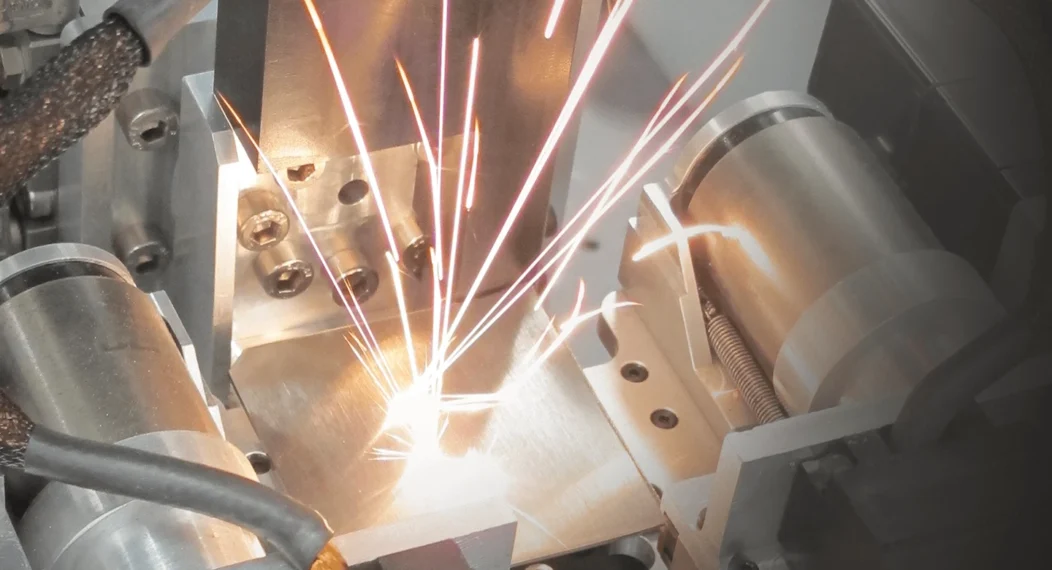
4. Five-Axis Postprocessing Software
CAMplete Solutions has partnered with Kitamura Machinery for its TruePath solution on Kitamura’s horizontal and vertical five-axis machining centers. In an integrated environment, CAMplete’s comprehensive suite of subsequent processing, validation, and optimization techniques for five-axis machining centers gives the user everything they need to analyze, alter, optimize, and simulate multiaxis toolpaths. Along with delivering accurate models, capabilities include complete G-code verification of actual machine motion and setup. They can also eliminate crashes, near-collisions, over travels, and setup problems.
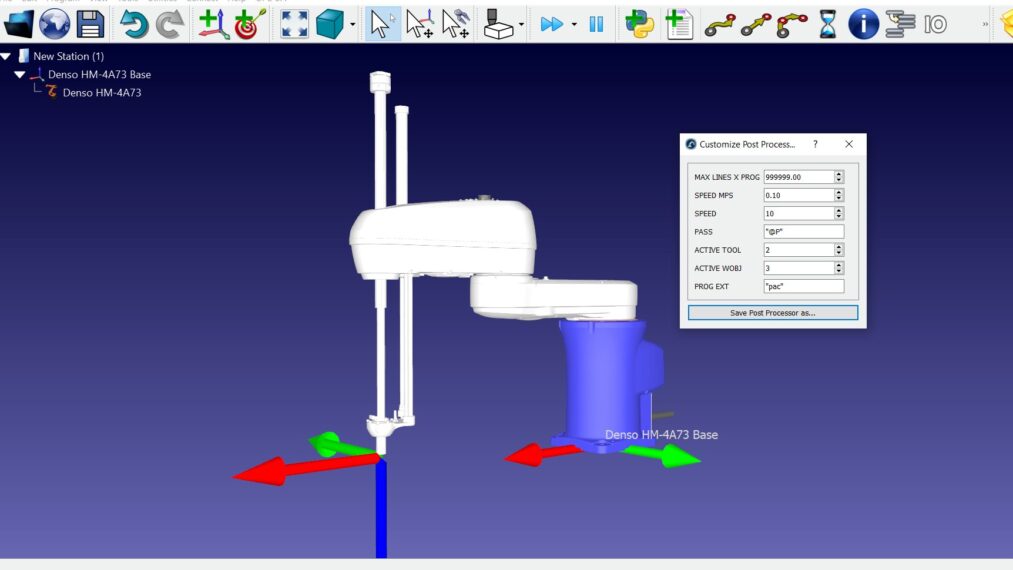
5. Milling, Turning, Grinding In A Single Setup
DMU/DMC FD duoBlock series equipment, models 80, 125, and 160, mill, turn, and grind in one setup, providing surface characteristics up to 0.4 nanometers and reducing variations brought on by retooling. Internal, exterior, face, and truing the grinding wheel are examples of technology cycles. Another innovation is an AE sensor (acoustic, emissions) that ensures maximum accuracy and dependability by sensing the first contact between the grinding process and the alternative to a standard commercial unit via the spindle load factor.
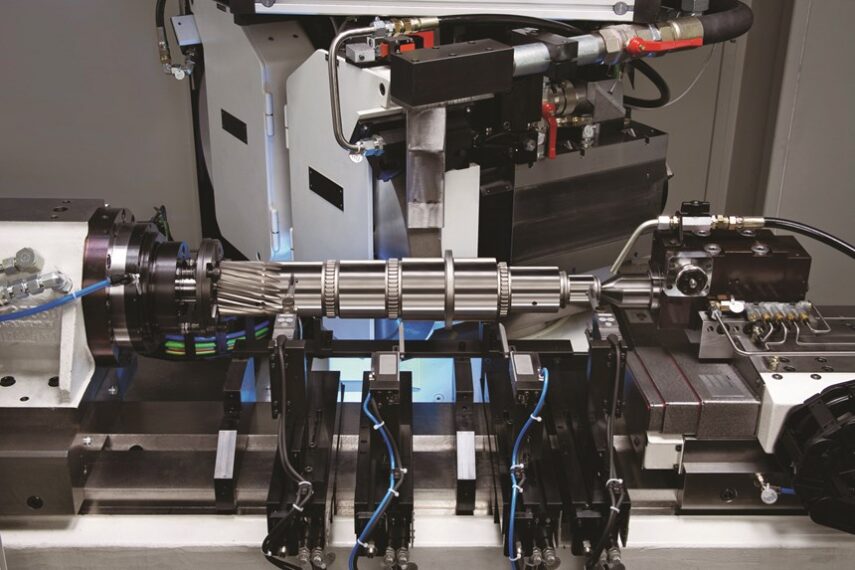
6. Forging Press With Servo Motor
The 2000-ton forging press’s head unit is powered by servo Direct technology, which also accurately controls how quickly the die moves toward and away from the workpiece. Additionally, unlike prior presses, the MSE 2000’s table ejectors have a separate servo drive that is not connected to the main drive, enhancing part transport flexibility and speeding up production. The ground-breaking device was built for a well-known forging firm and will be used to produce shafts, bevel gear wheels, and other joint parts.
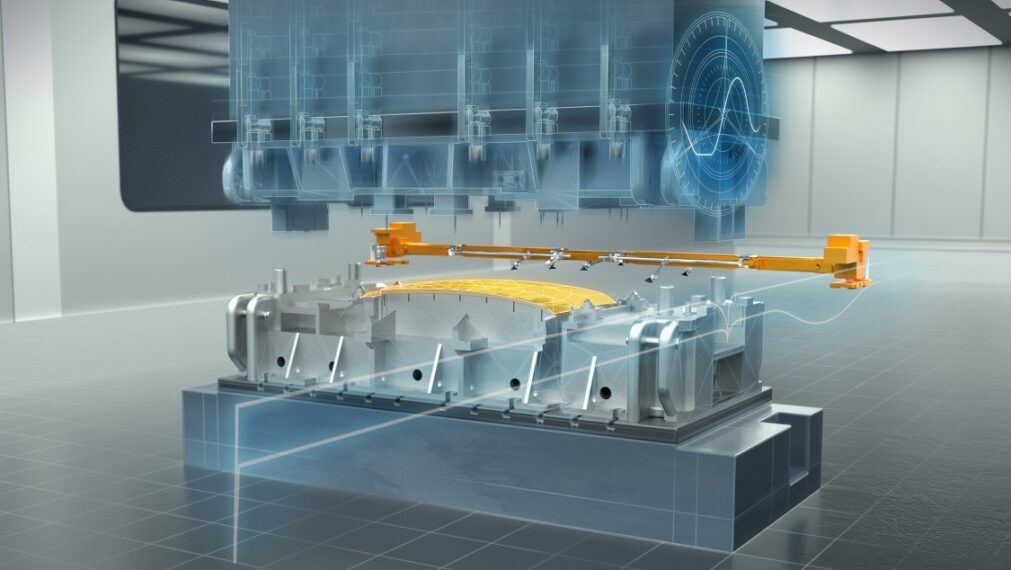
7. Machining Of Aerospace Structural Aluminum
Higher spindle power and more sophisticated motion controls are part of the MAG3.EX five-axis HMC’s next-generation design, which nevertheless allows for full system interoperability. In addition to wing ribs, mass heads, and beam-type components, the upgraded MAG3.EX is fully prepared to handle aluminum structural elements up to 4 m in length. At 26,000 rpm, the spindle’s power reaches its peak of 130 kW. With cutting feed rates rising from 25.4 to 50 m/min and velocity rates exceeding 1 g, both cutting speed and feed rate and acceleration rates have additionally been enhanced, resulting in reduced noncutting times, faster axial movements, and better ATC and APC.
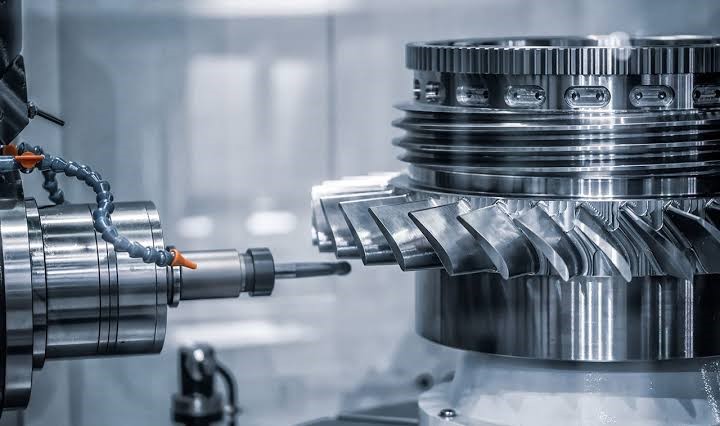
8. High-Productivity Hmcs
The demands of the aerospace and automotive industries, among others, are being met by the new NHP series lateral machining centers, which are built for quick metal removal rates. Increased productivity is achieved by acceleration and deceleration up to 1 g on the X, Y, and Z axes. Precision machining is made possible by systems that use balls crew shafts and carry cooling to maintain a constant temperature on fast-moving axes. In the case of the NHP 4000 and 5000, pallets may hold loads of up to 400 kg and 500 kg, respectively.
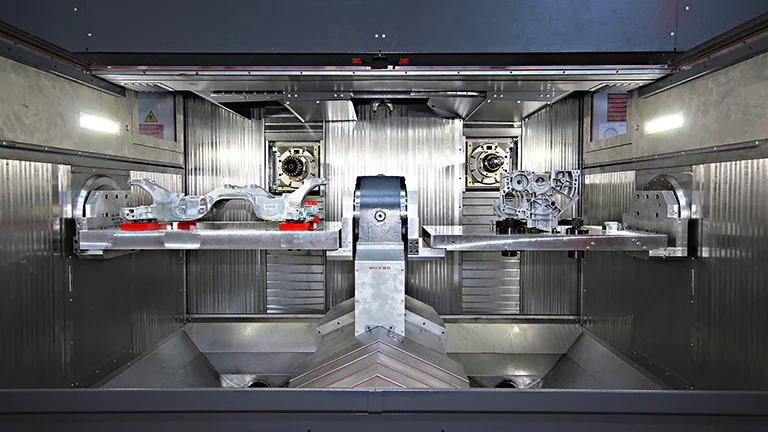
9. Metrology Software
The most recent version of the well-known measuring programme, PC-DMIS 2017 R2, comes with numerous additional upgrades. Slideshow for Assess software is a new feature of PC-DMIS 2017 R2, allowing users to construct endlessly customized layouts with inspection findings filled in during measurement. When users run a measurement process, the alternative Slideshow tab (which requires an additional license) can show a number of slides with dimensional and informative labels. Applying a color map to the mesh data item, creating annotation points, aligning mesh data objects to the CAD model, and aligning a mesh to another mesh object are all made simpler by PC-DMIS 2017 R2.
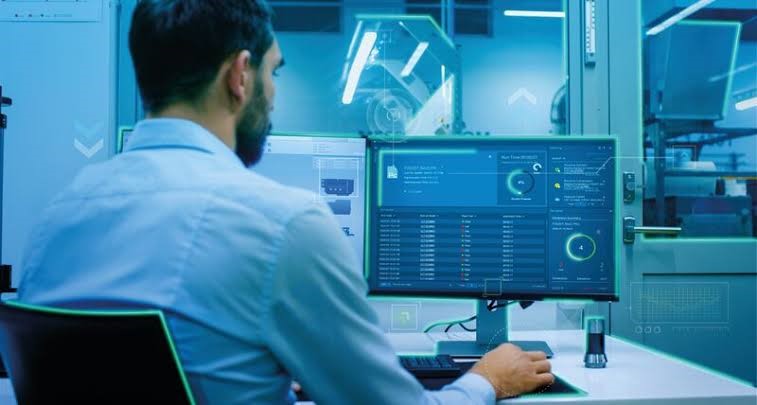
10. Data Management Software For Tools
Users can access the most recent tool data management systems through the redesigned TDM 2017 software platform. TDM 2017 places an emphasis on Industry 4.0 and offers faster data transport while also allowing for use in conjunction with already-existing programmes. The brand-new TDM 2017 offers a traditional two-tier architecture for two-way communication between the server and database. TDM 2017 Global Line performs all computations and guarantees that the data transfer is significantly more effective thanks to a three-tier design with linked application servers from Microsoft. With virtually no limit on the number of users they can support globally, the software applications are freely scalable.

11. B-Axis Turning
A new turning cycle with B-axis movements has been introduced in the most recent version of Edgecam 2017 R2 software. This turning cycle is used when milling on a turning center. By dynamically placing the insert, this new function makes it easier to reach when machining complex profiles. With any kind of turning tool and including both roughing and completing operations, the new cycle is usable. About 20 new and improved functional elements are included in the upgraded Edgecam 2017 R2, which covers turning, milling, simulation, and wire EDM. With the addition of the updates, measuring fixtures and other labor devices are now available when utilizing the Fixture Database.
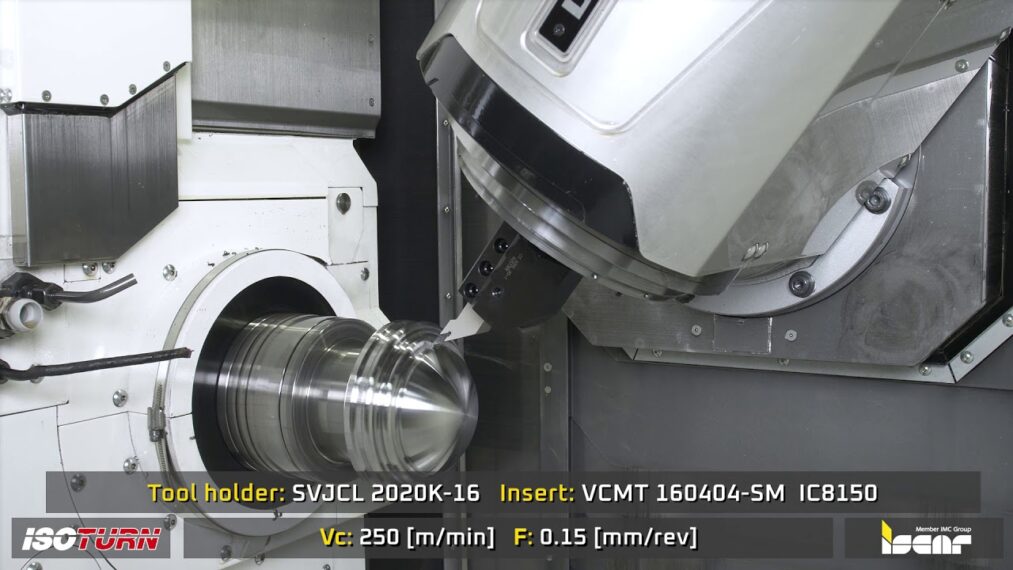
12. Updated Cad/Cam
To improve the detection and limiting of modified areas, the new Tebis Version 4.0 software generates area curves during component comparison. Thus, design measures can be swiftly applied, or new NC programs can be quickly generated for changing areas. The new function generates non-overlapping displaced faces of any curve at specified angles. All overlaps between pieces, particularly those at jagged corners and short radii of curvature, are automatically removed and smoothed out. These surfaces are perfect for segregating part surfaces when making molds, as well as for trimming steel or trim line surfaces when making draw dies.
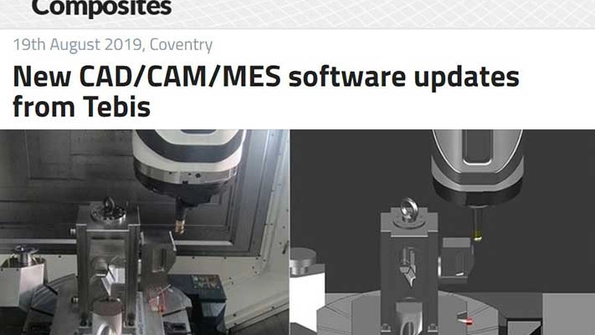
13. The Swiss Turning Machine
Numerous enhancements to productivity, accuracy, and automation are made by the Traub TNL20 sliding/fixed headstock automatic lathe. A maximum of four tools can be operated at once by it. For automatic loading of bare shafts or prepared workpieces, the machine has a built-in robot cell that is optional. Manufacturers of connectors and medical devices will be interested in the machine. In two variants, the TNL20 is introduced.
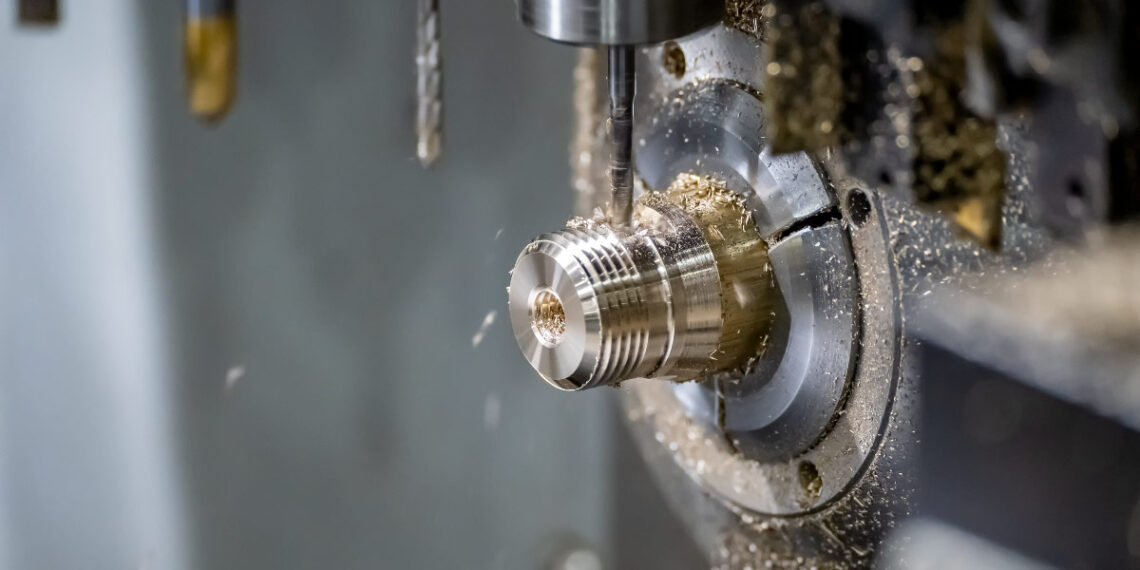
14. Parting-Off Blades And Adapters
There is now a new VDI block design available for the 150.10-JETI series of square-shank blocks and parting-off blades. The VDA turret is attached to the 150.10-JETI parting-off blades via adapters, which also enable quick, hose-free delivery of high-pressure coolant to the cutting zone. As part of the parting-off process, the blades and adapter dissipate heat. And through coolant holes in the blades, coolant is externally fed to the adapter via the turret before reaching the cutting zone.
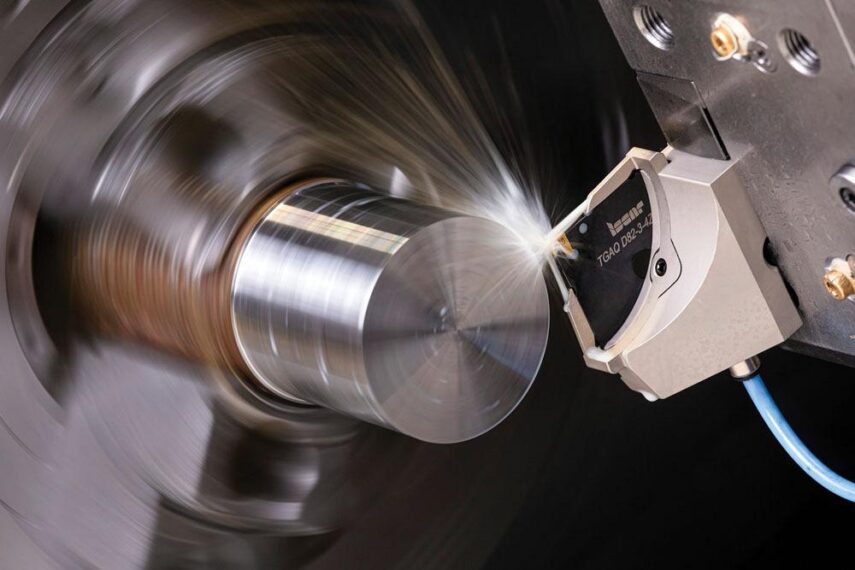
15. A Grinder Balancing System
A popular solution right now for high-precision grinders is the Marposs/Dittel M7002/MA7002 upcoming dual plane balancing system. The systems feature a brand-new deterministic balancing algorithm and a uniquely created balancing head. In order to automatically identify, assess, and keep track of imbalances on spindle bearings, the units directly control the balancing heads in both stationary mode and high-speed operations (up to 30,000 rpm).
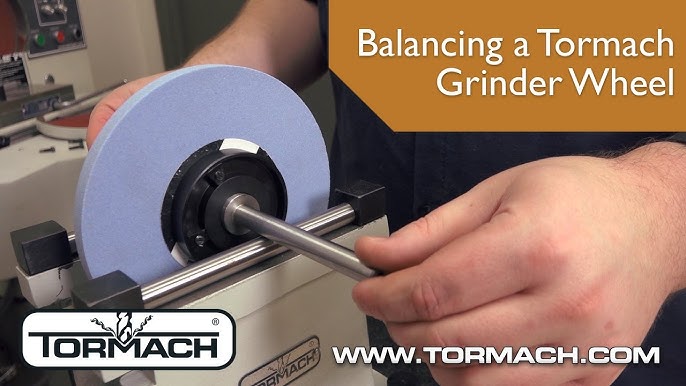
16. Carbide Milling Cutters
The MC232 Perform product category (2-20mm) now includes a new cutter type with two, three, or four flutes and a diameter range of 1/8′′ to 5/8′′.Cylindrical shanks for smaller sizes are available, whereas Weldon shanks with higher cutting horsepower are available for bigger diameters. A variety of applications can be used with the MC232, which is built to be affordable.
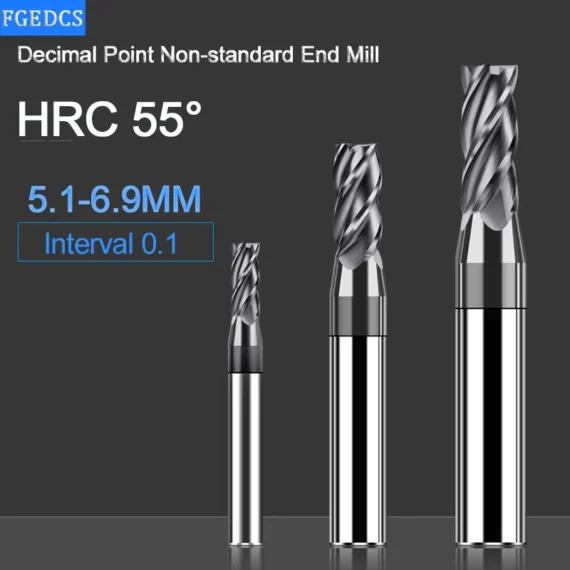
17. Work-Holding Modules
Kurt’s SeraLock Towers, WedgeLock, and MoveLock work-holding modules include advantages such as high density, high accuracy, and adaptability to accept various part dimensions or multiple parts. SeraLock Towers make it possible to machine many identical or diverse workpieces in one configuration. This self-aligning module system constructs what is akin to a customised fixture with the flexibility to be adjusted for shifting part sizes. Serrations in the construction sector and the clamping mechanism interlock to perfectly align and clamp the SeraLock serrated attachment surfaces.
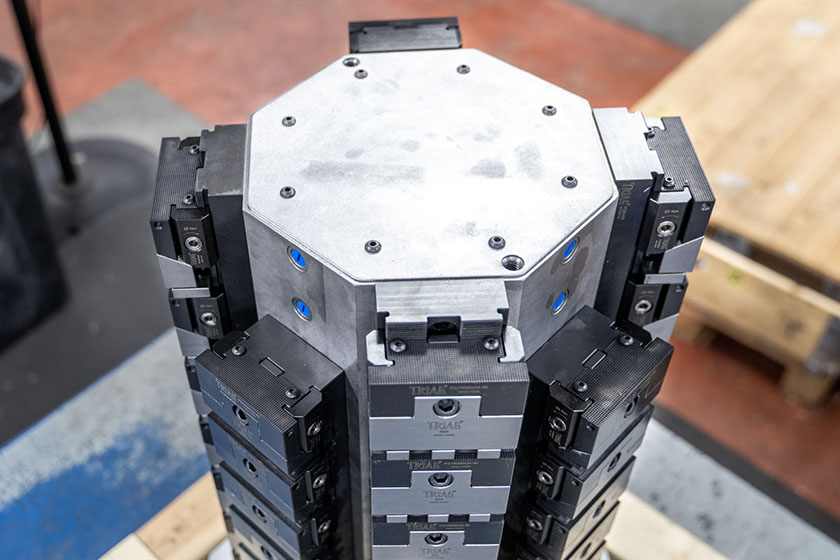
18. Roller Burnishing
By doing away with techniques like grinding and honing, roller burnishing enhances the surface polish of items. The metal is cold worked using a technique called “chipless” machining, which doesn’t cut or abrade the surface. A mirror-like sheen can be achieved by roller burnishing, which makes surfaces more regular. Because of the pressure this technique places on the substance, one pass of roller burnishing produces a smooth, faultless finish by compressing and flowing the metal removal tool marks. No material is chipped or removed from the surface of the workpiece during the burnishing process.
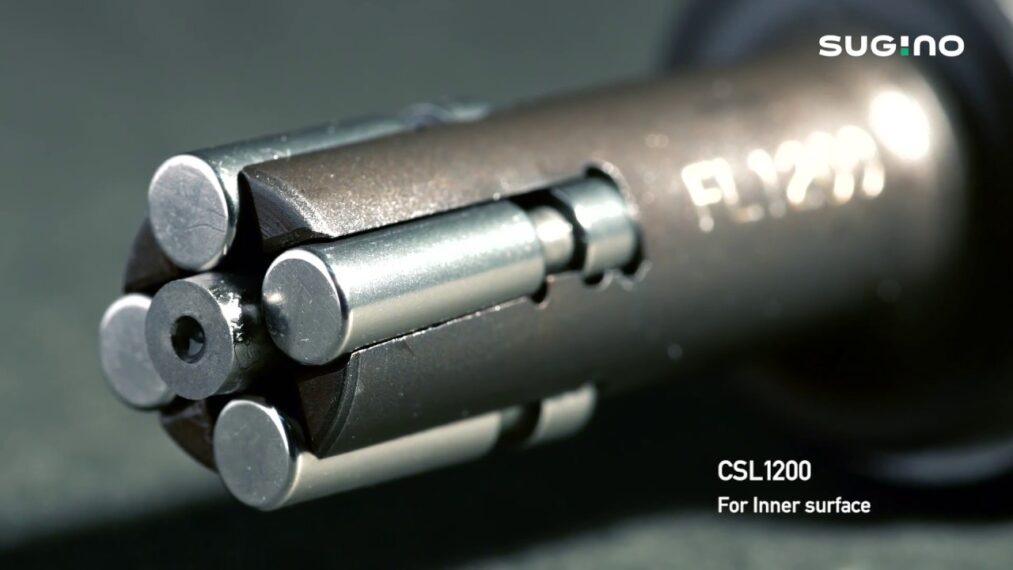
19. Combined Thread Milling And Tapping
Thread milling and thread tapping are combined in a novel thread milling technique for maximum benefit. In order to achieve machining times similar to those of thread tapping or shaping, Walter’s innovative T2711/2712 allows several thread sections to be manufactured sequentially with high cutting parameters. In addition to rapid machining, the great process reliability of thread milling and the cost advantages of a cacheable insert tool are further advantages for users. The new thread milling cutter cut expenses in a large-scale crankshaft machining test by 60%. The cutter for all grades has wear resistance and simple cutting geometry.
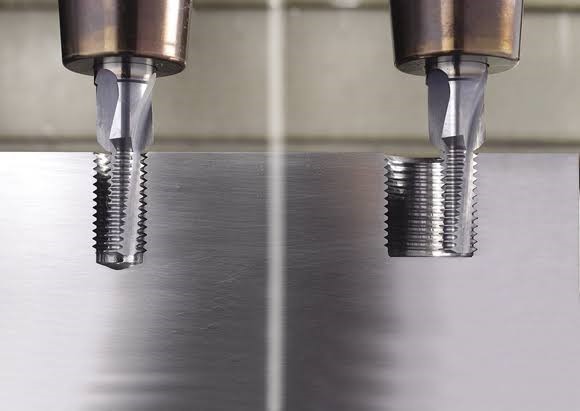
20. New Tools Smooth Out Rough Boring
With the aid of new CoroBore rough-boring equipment, companies can overcome difficulties including vibration, chip-breaking, and process security. Users can have a lot of production flexibility thanks to the modular systems for CoroBore, Coromant Capto, and Coromant EH. A twin-edge rough-boring design called CoroBore BR20 uses a divergent pitch to lessen vibration and permit use at wider overhangs and deeper cuts. The tool also has step-boring capabilities that may be used without the use of an additional shim. Using Silent Tools technology, the same tool is also accessible.
